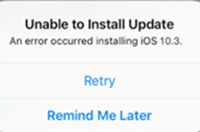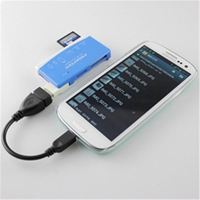Android Data Recovery
One of the immediate questions posed to those wanting to launch an app-based startup is whether to create an Apple or Android. Choosing the latter is the smart choice, considering data from Statista identified that Android apps accounted for 88% of the mobile app market between 2009 and 2018. But where do you go next, and how do you go about making your Android startup?
Five steps to creating an Android app startup
- 1. Validation
Once you have had an idea for a project, it is essential that you validate its value by completing research. After all, you don’t want to spend time and money developing a product that has no demand.
You should check the value of shares in Android startups that have a similar purpose to your proposed idea if possible (if you plan to do something that someone else is already doing – but better). Or create a Google Ads campaign with a landing page to capture contact details of people who would be interested in your app as though it had already been made.

Your findings should tell you if you have a solution for a problem and what sort of demand to expect.
- 2. Making a blueprint
If your idea has had a positive response and you’re committed to making it work, the next step is to create a blueprint of how the application will look and how the user will navigate its functions. This will make it easier to pitch your idea to a developer and avoid any misunderstanding on what the end result should look and feel like.
- 3. Prepare your pitch
Once you have a solid idea of how you want your platform to look and function, complete with navigation wireframes, it's time to find your developer. This stage is crucial for relaying the essential details and your expectations to potential coders, which will start the process on the best ways of communication all the way through to when the project is completed. The best way to do this is to refine your job description and pitch. This will help ensure they fully understand the project they are getting involved in. This can prevent lousy app development hires, which lead to a loss of time and money.
- 4. Organize analytic tools
Analyzing how your app is performing and identifying where it can be better is part of the process. While your developer is hard at work, you need to sign up and prepare the analytics tools you plan on using to monitor performance. Your new developer may be able to provide recommendations, or you could go for the obvious choices like Localytics and Flurry. Both have a free and paid version to choose from.
- 5. Refine your product
The first few months of the application going live are crucial. It is these months where download frequency and online reviews can make or break your startup. Keep some funds aside at this stage for your developer to complete extra work and iron out any issues. Some developers already offer this within their fee, termed post-app services or something similar.




















